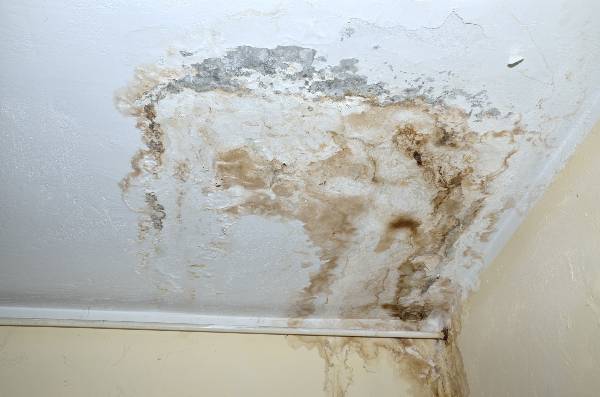This article listed below on the subject of Locating water leaks is exceedingly compelling. Give it a try and make your own personal assumptions.

Early discovery of leaking water lines can alleviate a possible catastrophe. Some tiny water leakages might not be noticeable.
1. Check Out the Water Meter
Every residence has a water meter. Checking it is a surefire manner in which helps you discover leakages. For beginners, shut off all the water resources. Make certain nobody will flush, make use of the faucet, shower, run the cleaning machine or dish washer. From there, most likely to the meter as well as watch if it will change. Considering that nobody is utilizing it, there should be no movements. That suggests a fast-moving leakage if it relocates. If you find no changes, wait an hour or two and check back again. This indicates you might have a slow-moving leakage that might even be below ground.
2. Inspect Water Intake
Evaluate your water costs and track your water consumption. As the one paying it, you must see if there are any type of disparities. If you find sudden changes, regardless of your intake coinciding, it suggests that you have leakages in your plumbing system. Bear in mind, your water costs must fall under the same range every month. An unexpected spike in your costs indicates a fast-moving leak.
Meanwhile, a stable boost each month, despite the same behaviors, shows you have a slow leak that's also gradually intensifying. Call a plumber to extensively examine your property, specifically if you feel a warm area on your flooring with piping below.
3. Do a Food Coloring Examination
When it concerns water intake, 30% comes from bathrooms. Test to see if they are running effectively. Drop flecks of food color in the tank and also wait 10 mins. If the shade somehow infiltrates your bowl throughout that time without flushing, there's a leakage in between the container as well as dish.
4. Asses Outside Lines
Don't neglect to check your exterior water lines as well. Should water seep out of the connection, you have a loose rubber gasket. One tiny leakage can lose tons of water and also increase your water bill.
5. Evaluate the scenario and also inspect
Homeowners should make it a behavior to examine under the sink counters and also even inside cupboards for any kind of bad odor or mold and mildew development. These two warnings show a leak so prompt focus is required. Doing routine examinations, also bi-annually, can conserve you from a significant issue.
Inspect for discolorations as well as damaging as many pipelines as well as appliances have a life expectations. If you believe dripping water lines in your plumbing system, do not wait for it to intensify.
Early detection of dripping water lines can reduce a prospective disaster. Some little water leakages may not be visible. Inspecting it is a guaranteed way that assists you discover leakages. One tiny leak can waste bunches of water and also increase your water bill.
If you believe leaking water lines in your plumbing system, don't wait for it to intensify.
WARNING SIGNS OF WATER LEAKAGE BEHIND THE WALL
PERSISTENT MUSTY ODORS
As water slowly drips from a leaky pipe inside the wall, flooring and sheetrock stay damp and develop an odor similar to wet cardboard. It generates a musty smell that can help you find hidden leaks.
MOLD IN UNUSUAL AREAS
Mold usually grows in wet areas like kitchens, baths and laundry rooms. If you spot the stuff on walls or baseboards in other rooms of the house, it’s a good indicator of undetected water leaks.
STAINS THAT GROW
When mold thrives around a leaky pipe, it sometimes takes hold on the inside surface of the affected wall. A growing stain on otherwise clean sheetrock is often your sign of a hidden plumbing problem.
PEELING OR BUBBLING WALLPAPER / PAINT
This clue is easy to miss in rooms that don’t get much use. When you see wallpaper separating along seams or paint bubbling or flaking off the wall, blame sheetrock that stays wet because of an undetected leak.
BUCKLED CEILINGS AND STAINED FLOORS
If ceilings or floors in bathrooms, kitchens or laundry areas develop structural problems, don’t rule out constant damp inside the walls. Wet sheetrock can affect adjacent framing, flooring and ceilings.
https://www.servicemasterbyzaba.com/blog/how-to-detect-water-leakage-in-walls/

We were guided to that editorial about Top leak detection hacks from an associate on another blog. Do you know somebody else who is inquisitive about Top leak detection hacks? Why not promote it. Thanks a lot for going through it.
Comments on “Overview To Water Leakage Discovery In The House”